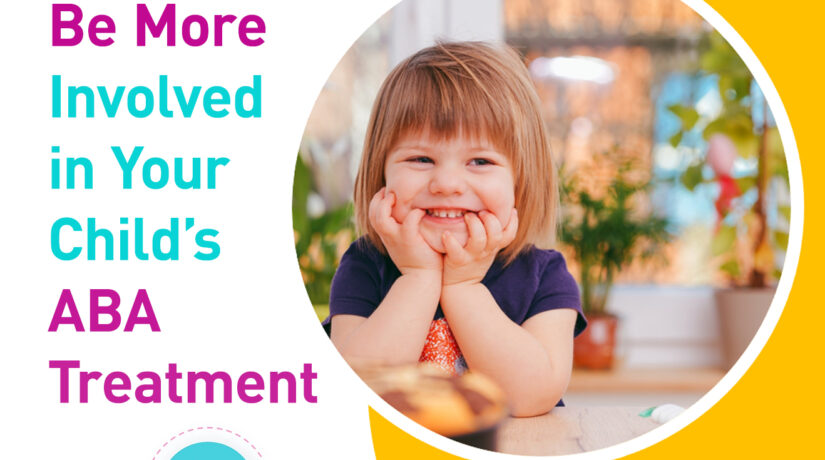Understanding Autism Spectrum Disorders (ASDs)
Autism is a spectrum of closely related disorders characterized by a shared core of symptoms. It typically emerges during infancy and early childhood, leading to developmental delays in crucial areas such as language acquisition, social interaction, and behavior. The signs and symptoms of autism vary widely among individuals, as do its effects. However, every child on the autism spectrum faces challenges, at least to some degree, in the following three fundamental areas:
The science of ABA is an approach to understanding and changing behavior. It has helped us to understand the principles underlying a wide range of everyday activities and to develop techniques for helping people to change what they do in their everyday lives.
1. Communication: Autism often impacts both verbal and nonverbal communication. Children with autism may struggle to express themselves effectively and may find it challenging to understand others’ communication cues.
2. Social Interaction: Many children with autism encounter difficulties in connecting with others and comprehending the world around them. Building and maintaining social relationships can be a challenge, and they may find it challenging to interpret social cues and emotions.
3. Behavioral Flexibility: Behavioral flexibility, or the ability to adapt thinking and actions to different situations, can be impaired. Some children with autism may exhibit repetitive behaviors, resist changes to routines, or become intensely focused on specific interests.
In the realm of autism, experts, parents, and healthcare professionals may hold diverse opinions on causation and treatment approaches. However, there’s unanimous agreement on one crucial fact: early and intensive intervention is incredibly beneficial. For children at risk or displaying early signs of autism, timely intervention can make a significant difference in their developmental journey.
The Centers for Disease Control (CDC) provides a list of “Possible Red Flags” for Autism Spectrum Disorder as a reference:
Failure to respond to their name by 12 months
Lack of interest in pointing at objects (e.g., pointing at a bird flying by) by 14 months
Absence of pretend play (e.g., feeding a doll) by 18 months
Avoidance of eye contact and a preference for solitary activities
Difficulty in comprehending others’ emotions or discussing their own feelings
Delays in speech and language skills
Repetitive use of words or phrases (echolalia)
Giving unrelated answers to questions
Becoming upset over minor changes
Developing intense, fixated interests
Engaging in repetitive physical behaviors like hand flapping or body rocking
Displaying unusual sensitivities or aversions to sensory stimuli (e.g., sounds, smells, tastes, visual stimuli, or tactile sensations)
Identifying autism spectrum disorders (ASDs) at the earliest possible age is of paramount importance, as early intervention can be remarkably beneficial for the child and their family. If you observe that some of the characteristics listed above resonate with your child’s behavior, it’s advisable to consider seeking an evaluation by a developmental pediatrician or specialist. Trust your parental instincts, as early intervention during critical developmental years can yield profound improvements in your child’s development and future prospects.


